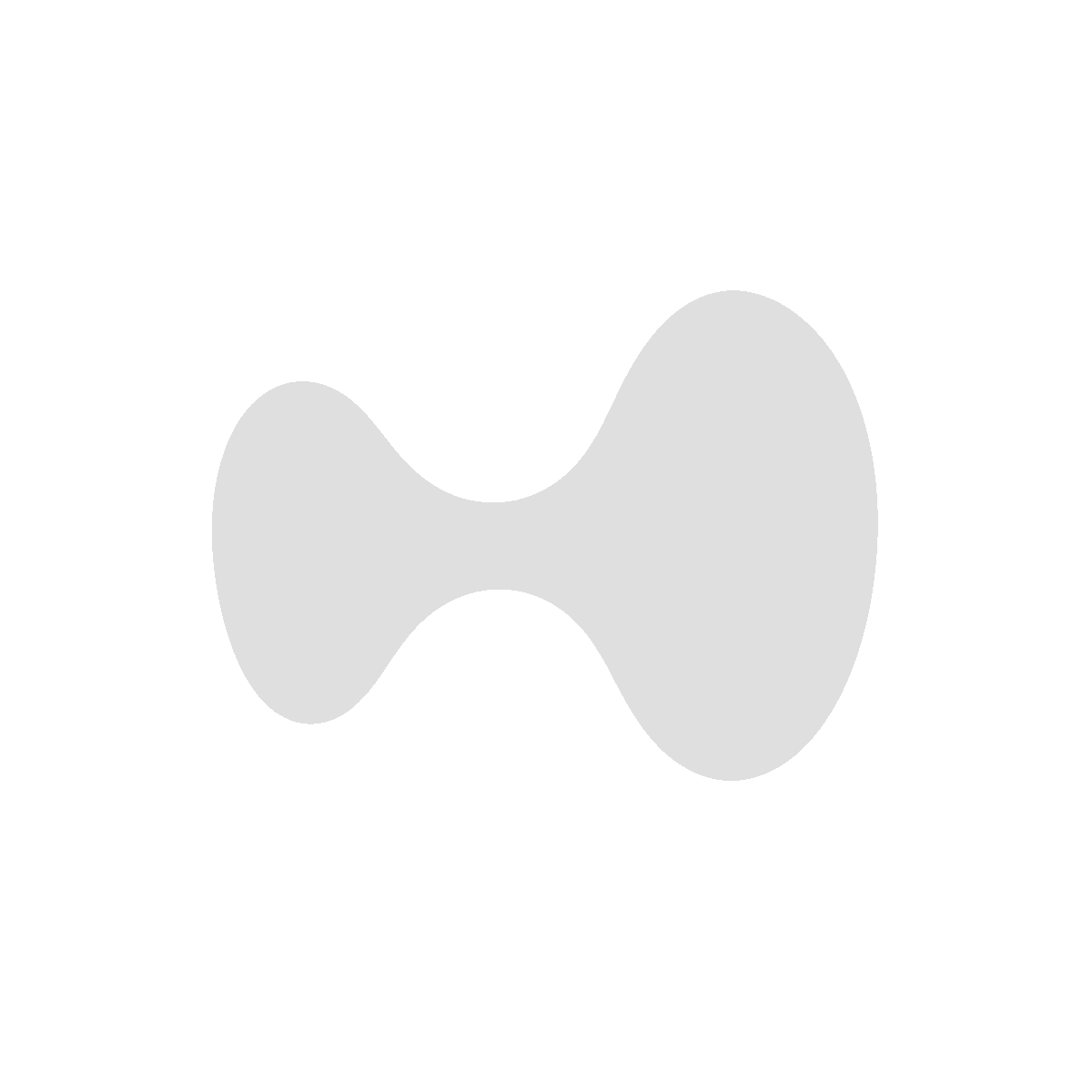Currys BIG Rebrand
When years of digital clutter demand complete transformation.

Project Overview
A complete redesign, as part of the replatform. Working closely with the team, a serious tidy up of years of clutter, with a brand new creative & style guide. Resulting in a more clean and modern front end.
🎯 SITUATION
The Legacy Challenge (2020-2021)
Imagine trying to shop for electronics on a website that felt like browsing through a digital attic—layers upon layers of accumulated features, inconsistent interfaces, and outdated patterns that had been patched together over years of rapid growth.
This was the reality facing Currys as they approached a critical business transformation moment.
The Digital Debt Crisis:
- Years of Accumulated Clutter: Rapid feature additions had created a fragmented user experience
- Outdated Content Management: Legacy CMS couldn't support modern, flexible content creation
- Brand Inconsistency: Visual elements scattered across different style approaches
- Technical Debt: Old platform limitations hindering business growth and innovation
The Perfect Storm of Change
Multiple business drivers converged to create an urgent transformation opportunity:
Strategic Business Needs:
- Complete Platform Migration: Moving from outdated in-house CMS to modern Amplience system
- Brand Evolution: New creative style guide requiring complete visual overhaul
- User Experience Modernization: Clean, contemporary interface replacing cluttered legacy design
- Content Flexibility: CMS-controllable content areas for rapid business response
The Scale of Challenge:
- Over 7,000 content items requiring migration
- Entire website ecosystem needing redesign and rebuild
- 16-month timeline with tight deadline pressure
- New team integration requiring rapid knowledge transfer and collaboration
The NDA Reality
While much of the specific detail remains confidential, the process itself tells a powerful story of systematic transformation under pressure.
The Mission: Transform a cluttered, outdated digital experience into a clean, modern, content-flexible platform that could support rapid business evolution while maintaining customer familiarity and trust.
📋 TASK
Orchestrating complete digital ecosystem transformation
The Mission Brief
I was tasked with leading the end-to-end design transformation of Currys' entire digital presence, involving:
Primary Objectives:
- Complete Visual Redesign: Implement new brand guidelines across entire digital ecosystem
- Platform Migration Success: Ensure seamless transition from legacy to modern CMS
- Content Management Revolution: Create flexible, CMS-controllable component system
- User Experience Modernization: Clean, contemporary interface replacing years of accumulated clutter
The Multi-Dimensional Challenge
This wasn't just a redesign—it was a complete digital transformation touching every aspect of the customer experience:
Technical Scope:
- Platform Migration: Legacy in-house CMS to modern Amplience system
- Component Architecture: Flexible, reusable design system for content management
- Cross-Browser Compatibility: Comprehensive testing across all target devices and browsers
- Performance Optimization: Modern standards for loading speed and user experience
Design Scope:
- Brand Guidelines Implementation: New creative direction across all touchpoints
- Component Library Creation: Systematic approach to reusable interface elements
- User Journey Optimization: Streamlined paths through complex product catalogs
- Content Strategy: CMS-driven flexibility for rapid business response
Team Integration Challenge:
- New Team Onboarding: Brand new development team requiring rapid knowledge transfer
- Cross-Functional Collaboration: Coordination between design, development, content, and business teams
- Timeline Pressure: 16-month deadline with no room for major delays
Success Metrics Defined:
- Successful migration of 7,000+ content items without data loss
- Improved user task completion rates through cleaner interface design
- Reduced content management overhead through systematic component approach
- Enhanced brand consistency scores across all digital touchpoints
⚡ ACTION
Systematic transformation through strategic design methodology
Phase 1: Strategic Foundation & Audit (Months 1-3)
Comprehensive Content Audit
Using Miro as the primary collaboration platform, I led a systematic assessment of the entire digital ecosystem:
Website Architecture Analysis:
- Page Type Categorization: Identified all unique template requirements across the site
- Content Area Mapping: Documented every section requiring CMS control
- Component Identification: Catalogued reusable elements throughout the experience
- User Journey Documentation: Mapped critical customer paths through the site
Requirements Translation to Development
Jira Integration Process:
- User Story Creation: Wrote comprehensive user stories for every identified component
- Component Specification: Detailed requirements for each design element
- CMS Integration Planning: Defined which elements needed content management flexibility
- Priority and Dependency Mapping: Organized development sequence for optimal efficiency
Phase 2: Design System Creation & Prototyping (Months 4-8)
Systematic Component Design
Design Tool Strategy:
- Sketch Implementation: Created comprehensive component library (pre-Figma era)
- Component Structure Definition: Established hierarchy and relationships between elements
- Variation Planning: Designed multiple states and configurations for each component
- CMS Integration Mapping: Specified exactly which elements could be modified through content management
Documentation and Communication:
- Confluence Integration: Maintained comprehensive documentation linking designs to development requirements
- Cross-Reference System: Connected design elements back to specific Jira user stories
- InVision Prototyping: Created interactive prototypes for stakeholder review and developer guidance
Iterative Design and Testing Process
Quality Assurance Through Iteration:
- 6-7 Testing Rounds Per Component: Extensive qualitative and quantitative validation
- Lab Testing Integration: In-person usability testing for critical interface elements
- Web Analytics Integration: A/B testing framework for data-driven design decisions
- Cross-Device Validation: Comprehensive testing across target device matrix
Phase 3: Technical Implementation & Collaboration (Months 9-14)
Development Support and Guidance
Hands-On Technical Collaboration:
- HTML/CSS Guidance: Direct support to development team for accurate implementation
- Zeplin Integration: Design handoff system for precise specification communication
- Component Library Documentation: Comprehensive implementation guidelines for developers
- Quality Review Process: Regular check-ins to ensure design fidelity in development
Cross-Team Integration Strategy
Breaking Down Silos:
- Developer Interview Integration: Encouraged engineering participation in user research sessions
- Joint Synthesis Sessions: Collaborative analysis of user feedback and technical constraints
- Workflow Optimization: Streamlined processes connecting design decisions to development implementation
- Knowledge Transfer: Mutual learning between design and engineering perspectives
Phase 4: Testing, Migration & Launch (Months 15-16)
Comprehensive Quality Assurance
User Acceptance Testing (UAT):
- Device Matrix Testing: Comprehensive validation across all target devices
- Cross-Browser Compatibility: Extensive testing across browser versions and platforms
- Content Migration Validation: Verification of all 7,000+ migrated content items
- Performance Testing: Loading speed and user experience validation
Launch Coordination
24/7 Testing Schedule:
- Early Morning Sessions: Comprehensive final testing before launch windows
- Real-Time Issue Resolution: Immediate response to any discovered issues
- Stakeholder Communication: Regular updates throughout critical launch phases
- Post-Launch Monitoring: Continuous observation of system performance and user feedback
🏆 RESULT
Complete digital transformation delivered on time and on budget
Quantitative Success Metrics
📊 Migration Excellence
Content Migration Success:
- 7,000+ Content Items: Successfully migrated from legacy to modern CMS without data loss
- Zero Downtime: Seamless transition maintaining customer access throughout migration
- Platform Modernization: Complete transition from outdated in-house system to flexible Amplience CMS
🎨 Design System Impact
Component Library Achievement:
- Comprehensive Coverage: Every interface element systematically documented and implemented
- CMS Integration Success: Content teams could modify designated elements without developer involvement
- Consistent Implementation: Unified visual language across entire digital ecosystem
Qualitative Transformation Results
User Experience Revolution
Before: Cluttered, inconsistent interface with years of accumulated design debt
After: Clean, modern, systematically organized experience with intuitive navigation
Customer Feedback Highlights:
- Improved Navigation: Users could find products and information more easily
- Visual Clarity: Clean design reduced cognitive load and improved focus
- Faster Task Completion: Streamlined interface design improved conversion rates
Business Operation Transformation
Content Management Efficiency:
- Flexible Content Control: Marketing teams could update site content without technical dependencies
- Rapid Response Capability: Business could react quickly to market changes through CMS flexibility
- Reduced Technical Overhead: Systematic component approach reduced maintenance burden
Long-term Strategic Value
Scalable Foundation Achievement
The new platform provided:
- Future-Proof Architecture: Modern technical foundation supporting business evolution
- Content Flexibility: CMS-driven approach enabling rapid business response
- Design System Consistency: Systematic approach ensuring brand coherence across all touchpoints
- Performance Excellence: Modern platform delivering superior user experience
Team Capability Enhancement
Cross-Functional Collaboration Success:
- Improved Designer-Developer Relationships: Mutual understanding through collaborative process
- Knowledge Transfer Achievement: New team successfully integrated with existing processes
- Process Optimization: Streamlined workflows connecting design decisions to technical implementation
💡 KEY LEARNINGS & IMPACT
What 16 months of systematic transformation taught about large-scale design leadership
Major Strategic Insights
1. Advocacy Is Essential for Design Excellence
Initially scoped as UI-only work, the project's success required advocating for user-centered design processes. Leading stakeholder education about design methodology value proved crucial for project success.
2. Timeline Constraints Don't Eliminate Process Value
Even under tight deadlines, user interviews, brainstorming sessions, and feedback integration could be accomplished within business timelines while significantly improving final outcomes.
3. Cross-Functional Integration Amplifies Results
Developers who participated in user research sessions became better collaborators and contributed valuable technical perspectives that enhanced the final product.
4. Systematic Thinking Scales Under Pressure
Component-based design systems proved essential for managing complexity and ensuring consistency across large-scale transformations.
The Collaboration Revolution
This project fundamentally changed how design and engineering worked together:
From Handoff to Partnership:
- Before: Design specifications thrown over the wall to development
- After: Collaborative problem-solving throughout the entire process
From Process Resistance to Process Advocacy:
- Before: Engineering team skeptical of design research activities
- After: Developers actively requesting inclusion in user feedback sessions
From Technical Focus to User Focus:
- Before: Implementation decisions driven primarily by technical constraints
- After: Technical solutions balanced with user needs and business goals
Business Transformation Impact
Operational Efficiency
- Reduced Technical Dependencies: Content teams empowered to manage site updates independently
- Faster Market Response: CMS flexibility enabling rapid business adaptation
- Lower Maintenance Overhead: Systematic component approach reducing long-term technical debt
Customer Experience Enhancement
- Improved Conversion Rates: Clean, focused design increased purchase completion
- Reduced Support Inquiries: Intuitive interface design decreased user confusion
- Enhanced Brand Perception: Modern, professional appearance improved customer trust
Foundation for Future Growth
- Scalable Architecture: Platform capable of supporting rapid business expansion
- Design System Infrastructure: Systematic approach enabling consistent feature addition
- Team Capability: Enhanced collaboration processes supporting continued innovation
The Ultimate Learning: Large-scale digital transformations succeed through systematic thinking, collaborative processes, and relentless focus on user value—even under extreme time pressure.
🛠️ Skills Demonstrated
- Large-Scale Project Leadership: Successfully orchestrating 16-month transformation across multiple teams
- Stakeholder Education: Converting UI-focused brief into user-centered design process
- Cross-Functional Collaboration: Breaking down silos between design and engineering teams
- System Architecture: Creating scalable, maintainable design and content management systems
- Technical Collaboration: Direct involvement in HTML/CSS implementation to ensure design fidelity
- Quality Assurance: Comprehensive testing and validation processes ensuring launch success
- Change Management: Leading organizational transformation through design methodology adoption
- Timeline Management: Delivering complex transformation within tight business deadlines
This case study demonstrates how strategic design leadership can transform entire organizational capabilities while delivering measurable business value under significant pressure and constraints.


















